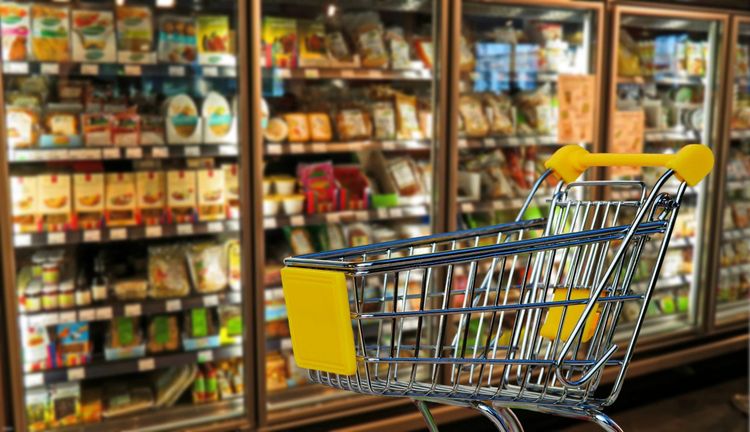Food in Spain is over 10% more expensive than a year ago despite the country’s low inflation compared to other eurozone countries

The cost of FOOD and beverages in Spain has increased by 10.8% compared to last year, as stated by the Spanish National Institute of Statistics (INE).
Even though Spain maintains a relatively low inflation rate compared to other countries in the eurozone, grocery prices have soared by more than 30% since the summer before the pandemic, marking a significant increase over the past four years.
The rate of inflation dropped by over one percentage point last month, falling to 1.9% on a yearly basis. This is a significant decrease from the 3.2% recorded in May. The easing of price hikes in fuel, electricity, and food contributed to this decline.
Following a slight uptick in July, the figure now stands at 2.3%, remaining consistent with the ECB's objective of 2%.
No matter what, the Spanish authorities have successfully resolved a complicated economic predicament. Just under twelve months ago, the inflation rate in the nation skyrocketed to 10.8%, which was the highest it had been in almost forty years.
In the meantime, underlying inflation, which is adjusted for seasonal changes and does not include energy, rose by 0.3 points to reach 6.2% compared to the previous year.
In terms of food costs, the price of sugar has seen the most significant rise and currently stands at a 44% increase compared to July 2022.
Coming in second place is olive oil, accounting for 33.8% of the list. Potatoes take the third spot, making up 22.9%. Rice closely trails behind at 22%, followed by canned fruits at 19.4%. Additionally, sweets capture 18.2% of the list, while butter claims 17.9% of the ranking.



















































